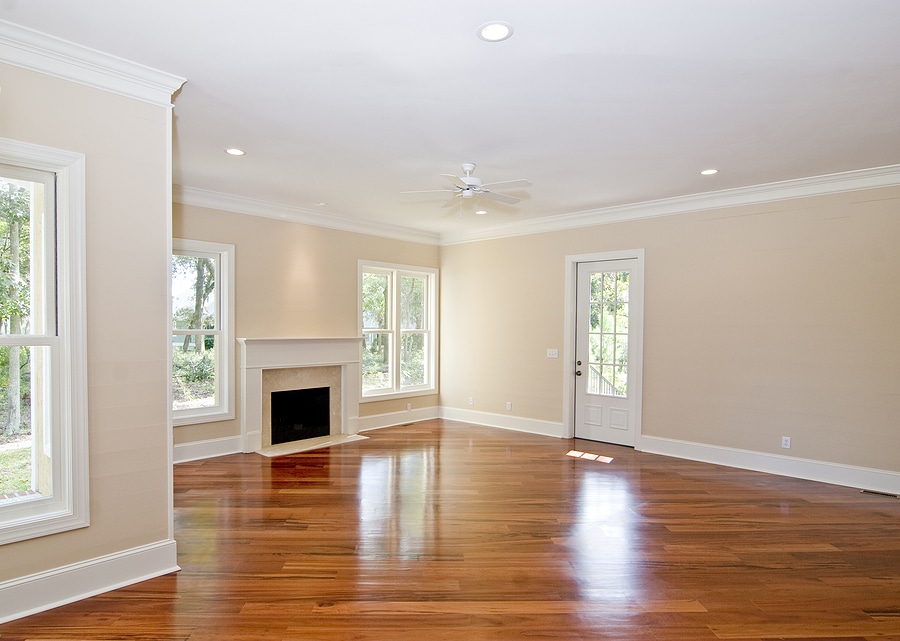When it comes to floors, hardwood flooring has long been considered one of the best options. When installing wood floors, you have the option to choose a custom pattern. Continue reading to learn more from the team at Claghorn Custom Flooring.

Horizontal
The most typical pattern for installing hardwood flooring is horizontal – linear boards that run parallel to the walls. Its origins can be seen in the hand-sawed planks and patterns utilized by the first colonists. In this pattern, the flooring is laid out on the floor in a linear pattern at random. To make sure the joints are not uniform, the planks have different lengths. This is accomplished by randomly cutting the initial piece in each row. The proper installation practice is to have the seems spaced at least eight inches apart. To liven things up, you can also utilize a combination of randomized board length and width.
Diagonal
Planks of wood flooring don’t have to run parallel to the walls. Even with darker finishes, laying flooring on a diagonal makes small areas appear larger. The faults of crooked walls can also be perfectly concealed by diagonal flooring. The amount of exact cutting required to create the pattern, however, is a drawback of diagonal installation. Many people think it’s worth the bother because it makes for a vibrant living space. Most likely, you’ll have a surface that stands out from that of your friends and neighbors!
Chevron
The chevron pattern consists of boards that are cut at an angle to form a perfect v-shape. This pattern gives an elegant, luxurious, and contemporary feel. Additionally, some flooring manufacturers are even cutting the boards in this pattern. This means less cutting and an easier process for the installation.
Herringbone
Many people confuse herringbone and chevron and use them interchangeably. They are, however, entirely different. Herringbone is similar, in that it does form a v-shape, but there are no angled cuts made to the boards. Instead, the end of one board is lined against the long edge of another.
Parquet
In the 1500s, France was where the parquet flooring design first appeared. The French word “parquetry,” which translates to “a little compartment,” is where the name originates. Smaller pieces of wood are arranged together to create a pattern. That pattern is then treated much like tile. The “tiles” are then arranged to make the desired flooring design. Random or geometric patterns, such as a basketweave, are possible.
Claghorn Custom Flooring serves Zionsville and the surrounding areas. Beyond wood flooring, we provide carpet, vinyl, and tile services. Contact us today at (317) 873-6202 to request an estimate.

